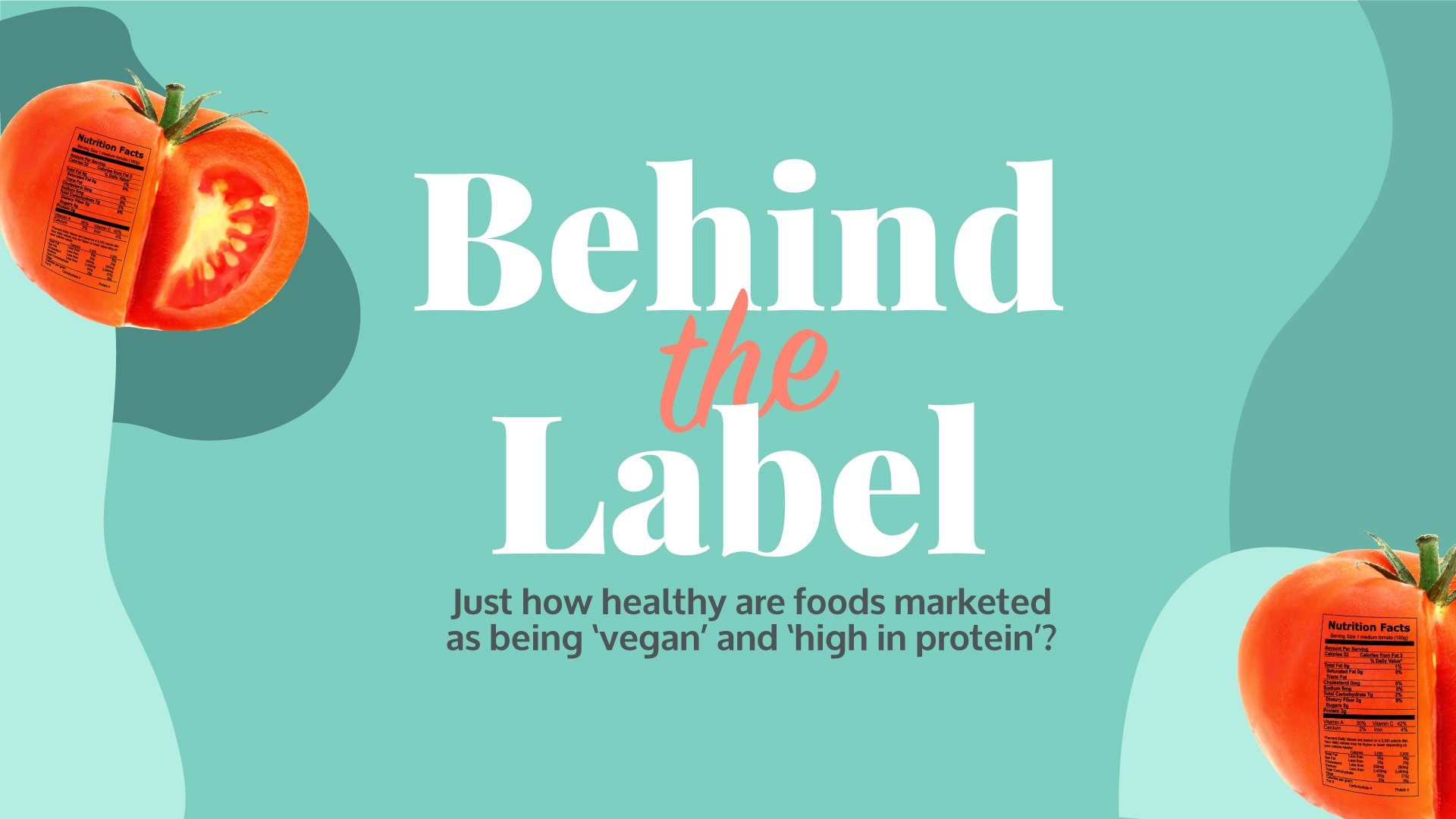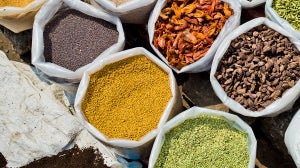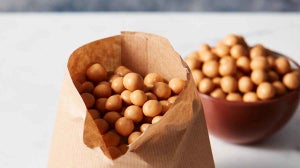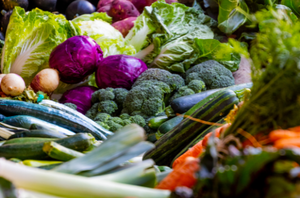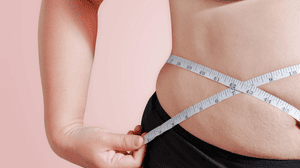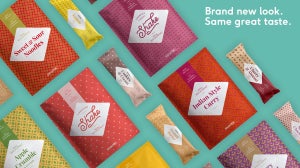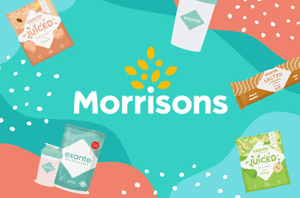
Just how healthy are foods marketed as being ‘vegan’ and ‘high in protein’?
As our diets slowly shift over time, the products in our supermarkets start to change. In particular, veganism has steadily increased in popularity, with people choosing to go plant-based for a host of different reasons, be it moral, ethical or for health reasons, with an estimated 600,000 people in the UK currently embracing veganism.
In addition, more people are also looking to consume high-protein foods as part of an active lifestyle too, meaning that we’ve seen lots more space on our supermarket shelves taken up by ‘high-protein’ products such as energy bars, cereals, yoghurts and more.
All of these foods can be enjoyed as part of a healthy, balanced diet, but it can be easy to assume that just because something is marketed as ‘vegan’ or ‘high-protein’, that it must be healthy, which isn’t necessarily always the case.
While it’s difficult to single out a product as being either “healthy” or “unhealthy”, we’ve picked out three nutrients that you generally don’t want to consume too much of and analysed the nutritional content of hundreds of food items to see which contain the highest amounts.
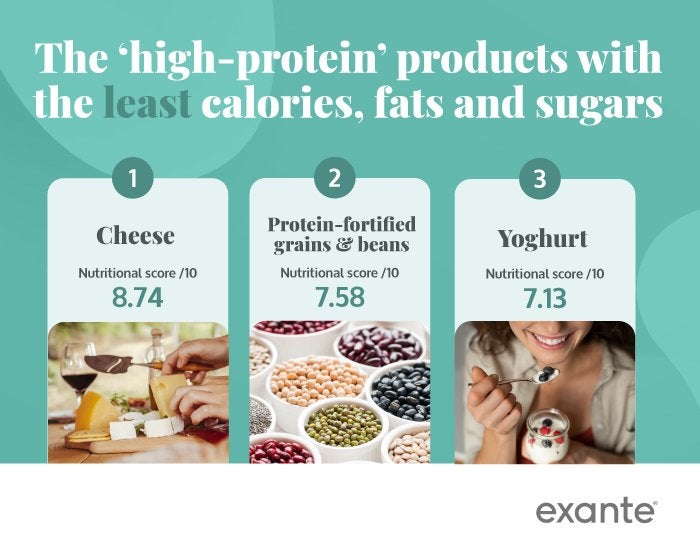
High-protein products can be good for losing weight and belly fat, as well as helping build strength and muscle mass, but how do they stack up when it comes to other nutritional value?
Starting with the products with the least calories, fat and sugars (but still packed with protein), high-protein cheese came out on top, with an average of 154 kcal, 2.2g saturated fats, 1g sugars per 100g, but also 27g of protein.
Protein-fortified grains and beans were also among the types of “high-protein” foods that were low in calories, fats and sugars, as were yoghurts and high-protein bread and rolls, both of which have lots of higher protein alternatives available in supermarkets these days.
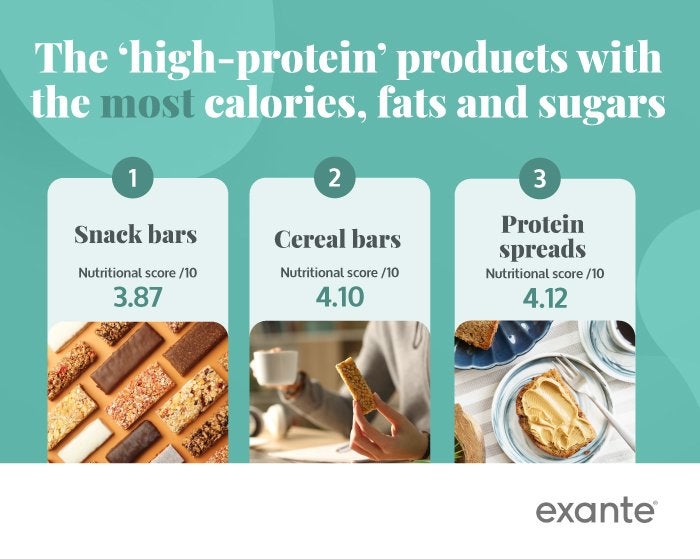
At the other end of the scale, many cereal bars promote themselves as being healthy due to their high protein content, but a closer look at the labels shows that a lot of these products are quite high in some less nutritious aspects.
On average, the snack bars marketed as ‘high-protein’ that we looked at had 450 calories, 5.04g of saturated fats and 20.6g of sugar (all per 100g).
Spreads that are listed as high-protein such as peanut butter are also often high in these too, as are the types of snack bars that are often promoted for their high levels of protein.
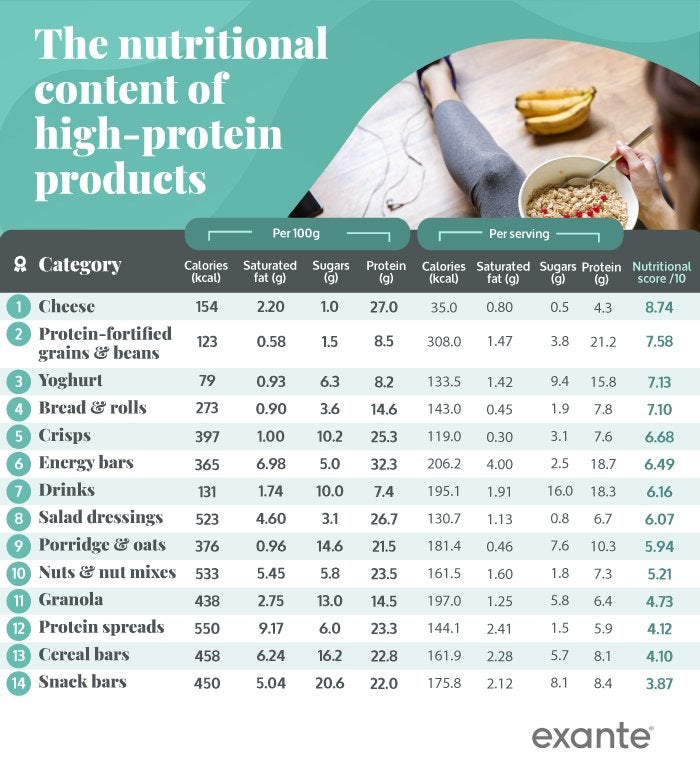

Thankfully, the most common type of vegan products are also the ones lowest in calories, saturated fat and sugars, with meat alternatives such as meat-free sausages, burgers, and chicken coming top of our rankings.
These products had an average of 194 calories, 2.1g of saturated fat and 1.01g of sugars (all per 100g), which is reassuring given that they make up such a significant portion of the vegan diet and also makes them much healthier alternatives to the real thing.
However, behind these meat-free products came a couple of products not usually known as being particularly healthy: pizzas and ready meals.
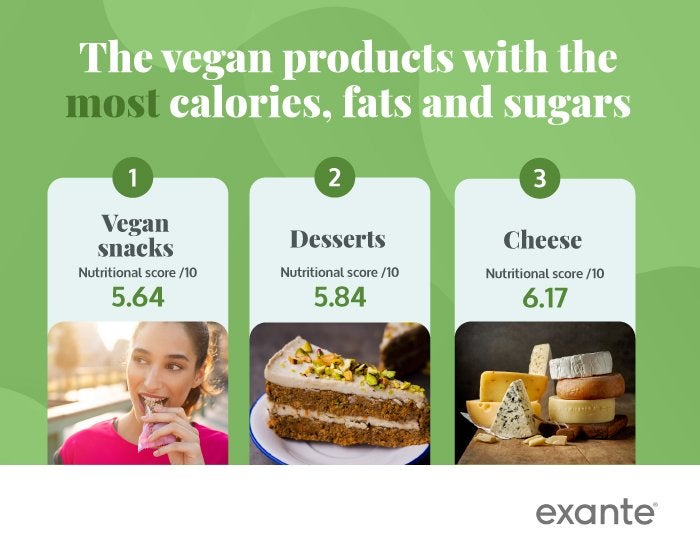
Much as was the case with the high-protein products, snack bars found themselves near the bottom of our rankings, averaging 548 calories, 19.8g of saturated fat and 35.28g of sugar per 100g, although meal replacement bars can often be lower in calories and higher in protein than these protein snack bars
Beyond that, it was less surprising to see that despite being fully plant-based, the likes of vegan cakes, sweets and desserts all still contained fairly high levels of calories, fats and sugars. Although meal replacement bars can often be lower in calories and higher in protein than these protein snack bars.
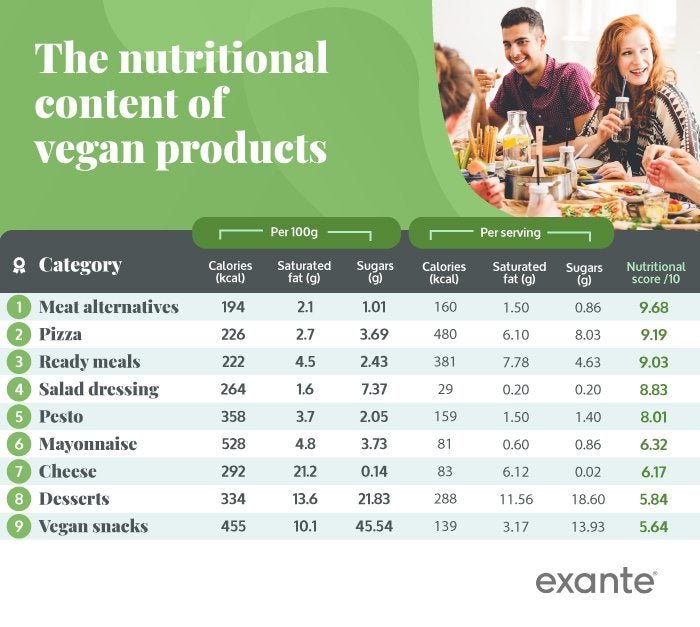
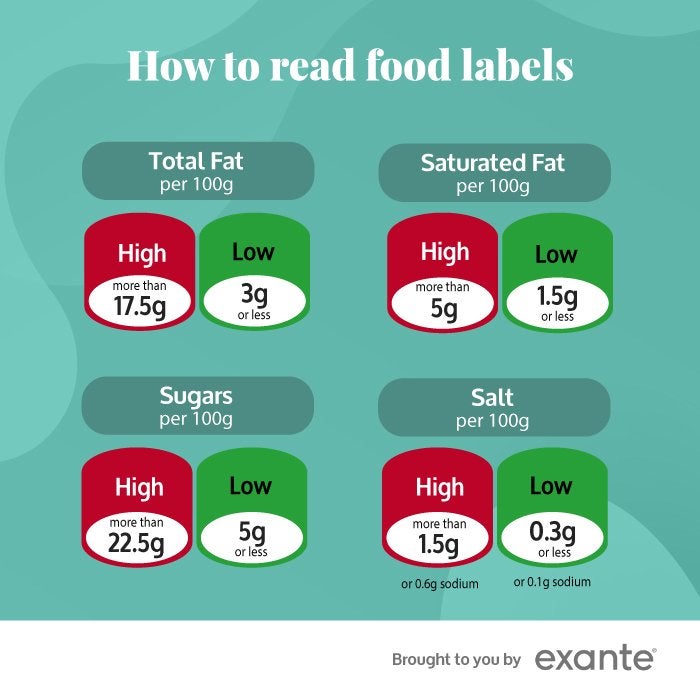
As you can see, just because certain foods are high in protein, or free of animal products, doesn’t necessarily mean that they’re automatically good for you, so it’s important that you properly read the labels to get a wider understanding of exactly what else goes into these products.
Most products should have a label that fully explains the nutritional value of the ingredients inside and should break all of this down per 100g and per recommended serving size (which can often be smaller than you might expect).
They should also outline how much of your recommended daily allowance of each nutrient a product will give you, sometimes with traffic light colour coding, but if they don’t, here are the guidelines set out by the NHS:
Total fat
High: more than 17.5g of fat per 100g
Low: 3g of fat or less per 100g
Saturated fat
High: more than 5g of saturated fat per 100g
Low: 1.5g of saturated fat or less per 100g
Sugars
High: more than 22.5g of total sugars per 100g
Low: 5g of total sugars or less per 100g
Salt
High: more than 1.5g of salt per 100g (or 0.6g sodium)
Low: 0.3g of salt or less per 100g (or 0.1g sodium)
Of course, everybody’s nutritional needs are different, but these provide a good outline and mean that the labels on pre-packed food can easily give you an idea of what you’re eating at a glance.
While these recommendations aren’t the be-all and end-all, if you’re trying to decide between two products, it’s usually going to be a safer bet to opt for the one with more greens and ambers on the nutritional label and fewer reds.
Methodology
We looked at over 100 products that were marketed as being both ‘high-protein’ and vegan and noted the level of calories, saturated fats and sugars in each, both per 100g and per recommended serving (if this was available). All nutritional information was sourced from a major supermarket.
We then took averages for each category of product and gave each category a normalised score out of ten based on the levels of each nutrient, before taking an average of these three scores for our final nutritional score out of ten.

